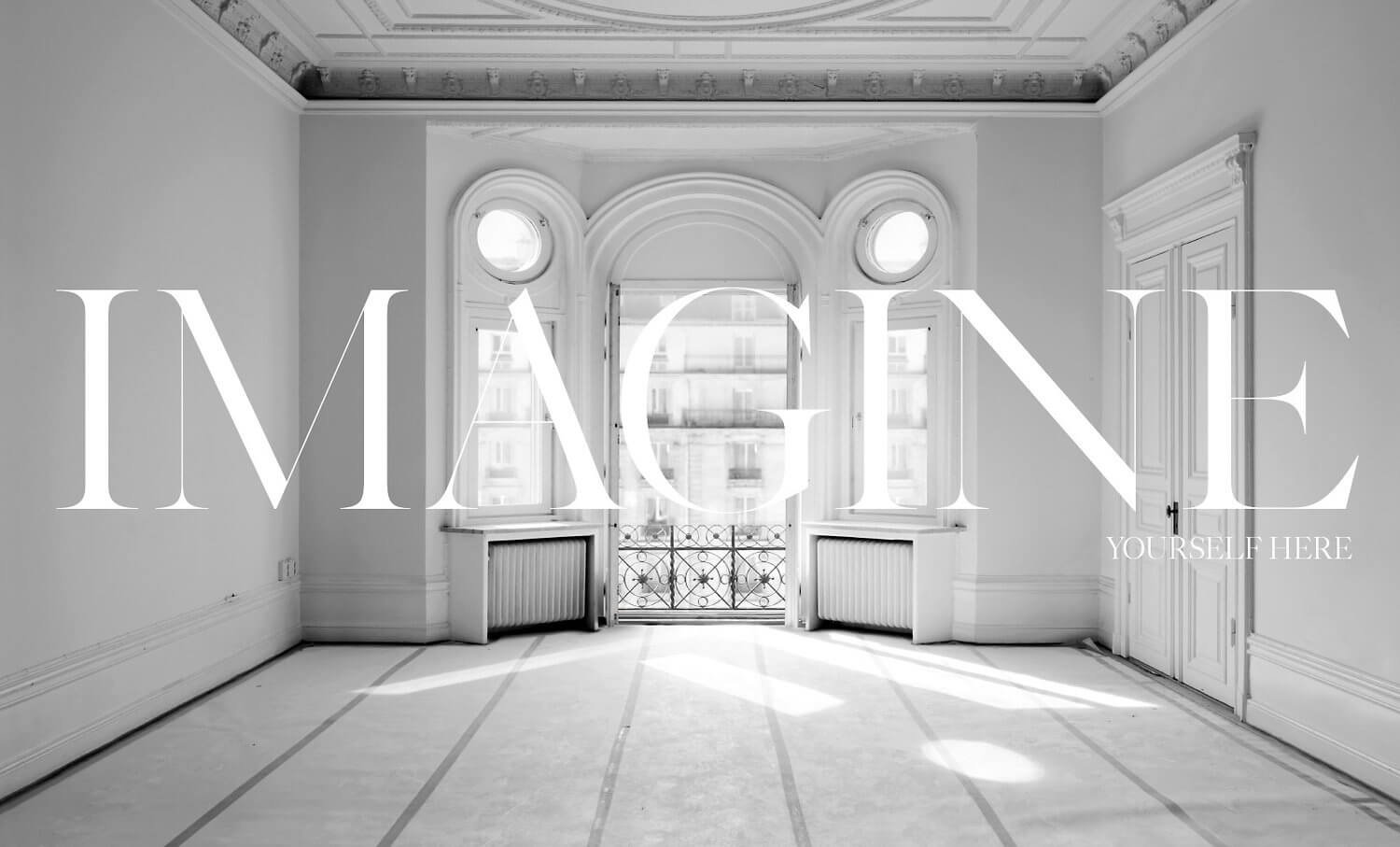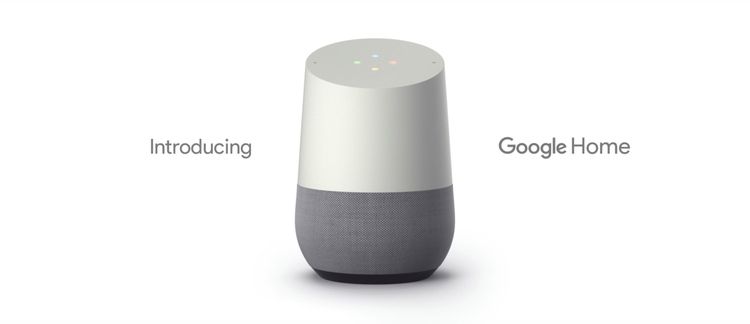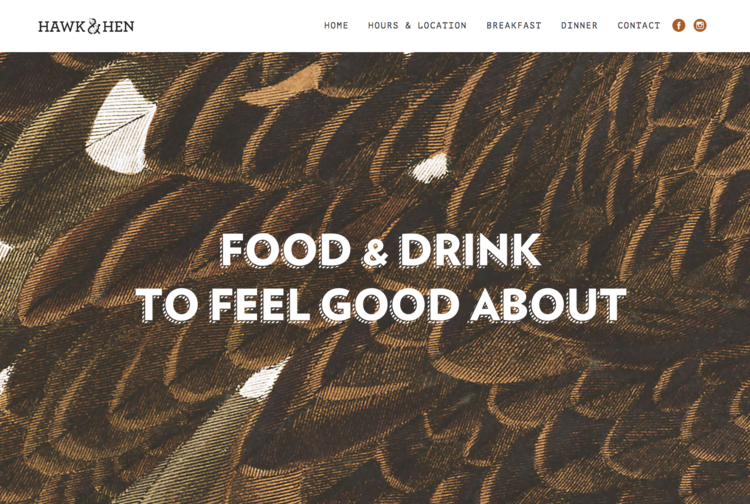“Genius and virtue are to be more often found clothed in gray than in peacock bright.”
While colors are trending towards bright, vivid hues, the hard-working neutrals—white, gray, black, and brown—have a staying power because of their flexibility. They might not be your favorite color, they don't tend to steal the show, they aren't usually even noticeable, but they are the bedrock of strong design.
“I don’t think neutrals are going to go away,” notes color expert Denise Turner, owner of the consultant business called Color Turners and member of the Color Marketing Group Board of Directors. "Neutrals continue to flourish, as companions for brighter hues or as standalone, monochromatic color schemes."
Neutrals create a cozy atmosphere and bring a sense of sanctuary. They diffuse the stresses of the world, offering restoration and balance—something we could all use a little more of. But beyond their neutrality, neutrals can be powerful. Big brands like Apple and Nike use neutrals to their advantage. They are the canvas on which to showcase bolder work.
“White Space is where the world and all distraction falls away. Where the voice of the Divine can be heard. Where the Truth of who you are is found. Where miracles happen.”
WHITE
White is a color. And white is never just white.
White is both complete and pure—the perfect example of innocence, cleanliness, and peace. White can be used in marketing to represent new beginnings, providing a blank slate and give a platform to new ideas. White stands for simplicity, coziness, cleanliness, and the potential for invention.
Apple turns to white for its branding, products, and packaging. White doesn't come off as disposable and is pure and quiet, according to Apple's Chief Design Officer.
Off-whites are another important sector of the neutrals. They have a subtle, stylishly elegant, and classic connotation attached to them, and have come to suggest environmental responsibility. They have often symbolized sustainable resources such as natural fibers and recycled paper products. The hard-working neutrals are an often-used tool for those who work with color. Their flexibility and staying power make them an important part of your color mix.
Think white is boring? Try layering different whites in a variety of textures. You'll end up with a sophisticated look that is both calming and encouraging.
WHITE ATTRIBUTES
Classic, neutral, soft, warm, comforting, good taste, smooth, subtle, natural.
“The inner equilibrium of Cezanne’s paintings, which are never insistent or obtrusive, produces this calm almost velvety air.”
GRAY
Most of us are indifferent to gray. And therein lies its power. Gray is quickly surpassing brown as the favorite neutral. And it covers a wide range of hues—soft gray to charcoal to hematite. And that's not even considering metallic and pearlescent accents. As gray nears black, it becomes more mysterious and dramatic. The more silvery or white, the more illuminating and lively gray becomes.
Because gray comes in a wide variety of intensities, shades, and subtle nuances, it can add a designer feel. It has also captured the world of technology marketing. New York City designer Jenny Wolf considers gray the new white. "It's a nice alternative to white," she says. "It's neutral. It's timeless."
But gray is also pretty hard to pin down, as it is rarely a perfect mix of black and white. A very small amount of subtle color that is added to gray ends up lifting and energizing this powerful neutral.
Gray is the truly perfect neutral—the middle ground between black and white. This is why color matching is best done against a gray background. It is a difficult color to find in nature, as things that often appear gray from a distance are usually complex mixtures of other hues. Because of its perceived neutrality, gray has connotations of responsibility, fairness, loyalty, accountability, and wisdom. This translates well in the corporate world where those are desirable attributes.
GRAY ATTRIBUTES
Dove gray is soothing, calming, enlightening.
Neutral gray is classic, sober, corporate, practical, timeless, quality, quiet, neutral, logical, deliberate, reserved, fundamental, basic, modest, efficient, dutiful, methodical.
Charcoal gray is steadfast, responsible, staunch, resolute, restrained, conservative, professional, classic, sophisticated, solid, enduring, mature.
Silver is sleek, classy, stylish, modern, cool.
Dark gray is conventional, constrained, serious, solemn, inflexible, strict, self-disciplined.
Precision & Poetry in Motion by Pentagram
Coca-Cola can concept from New York-based designer Ryan Harc
“You can have any color as long as it’s black.”
BLACK
Black is powerful. Its visual heft gives it authority and weight. Is black a neutral? Absolutely. When used in a palette, black is a base—allowing other colors to shine. However, when left alone, black can also be a dominant focal point. Because black is the absence of all color, it seems to stand alone—giving off an air of seriousness, control, independence, and mystery.
Black is a shortcut to sophistication and elegance—think black-tie event or the little black dress. But it is also power and authority. Want to be a martial arts master? Earn your black belt. Need to call in the authorities? Here come the men in black.
In marketing, black implies affluence and seriousness, making it an ideal option for marketing higher-end, big-ticket purchases. American Express chose black when they created their status Centurion card (aka the Black Card).
Finally, because of its reserve and separation from other colors, black is one of the best colors for high contrast and superb readability.
BLACK ATTRIBUTES
Sophisticated, secure, quality, reliable, serious, controlled, independent, mysterious, reserved, dramatic.
“What can brown do for you?”
BROWN
The color brown is layered with so many levels of meaning. On the one hand, brown is simple, inexpensive, rugged, and natural. As one of the most common colors in nature, it is comfortingly safe and stabilizing, as well as friendly and approachable. On the flip side, brown can be rich and decadent—like roasted coffee beans, aged leather, or dark chocolate mousse.
Brown is a surprising color. You'll be hard-pressed to find many who will claim brown as their favorite color, and yet we surround ourselves with this neutral.
Light browns are on the rise, especially in larger purchases like cars, sofas, or carpets. "For those big-ticket items, we'll make the safer choice such as neutrals, from rich gray to camel," says Emily Kiker Morrow, Director of Color, Style, and Design at Shaw Industries. Morrow says, "We're seeing browns shift to the colors of spices and beverages. Think mocha and cinnamon."
Taupe and beige share many of the attributes of gray, but are warmer and sometimes lighter. They are thought of as authentic, organic, modest, and unobtrusive. Hues of taupe and beige have a timelessness and basic lack of "trendiness" that fosters confidence in the longevity of the shades.
Using brown in advertising can help denote ruggedness. It is the color of the United Parcel Service (UPS)—with their trademark brown trucks and uniforms. Adopted by UPS both because brown is easy to keep clean, and due to favorable associations of luxury. UPS refers to itself as "Brown."
BROWN ATTRIBUTES
Light brown/beige: Friendly, approachable, sincere, honest, genuine, practical, reliable, conservative, constant, unchanging, loyal.
Light golden brown: Comforting, yet energizing. (Just like your favorite coffee drink.)
Golden brown/tan: Ageless, timeless, straightforward, uncomplicated, natural.
Taupe: Classic, neutral, practical, timeless, quality, basic, authentic, organic, versatile, inconspicuous, understated, discreet, compromising, modest; be careful to pair it with colors that keep it from appearing bland.
Dark brown: Strong, sad, depressive, materialistic, prudent.












